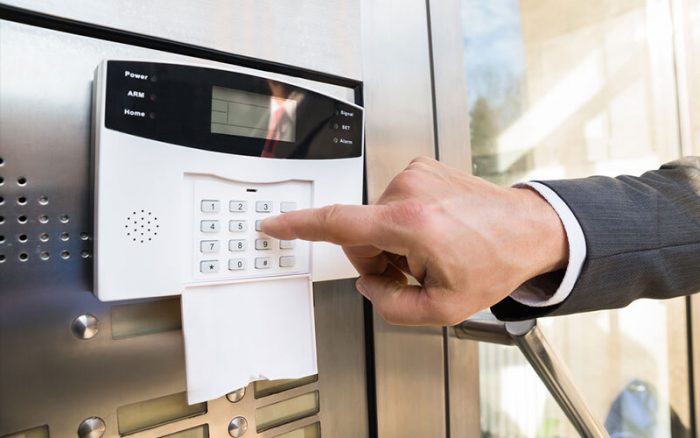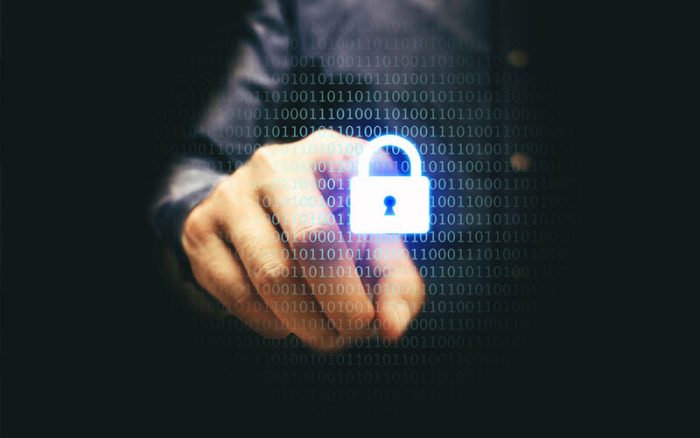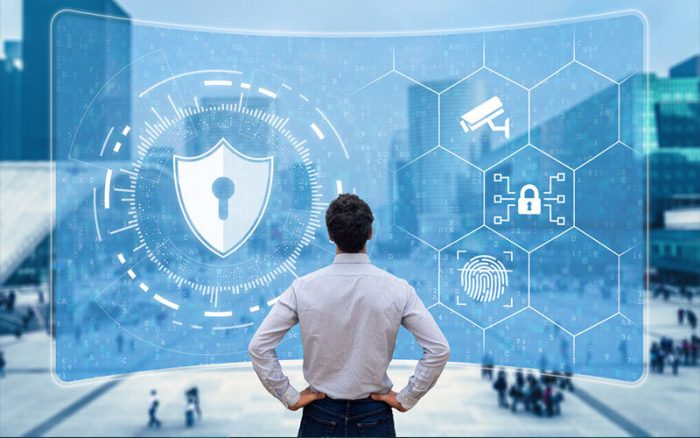
Is your team working remotely during COVID-19? Are you concerned about cybersecurity? Are you looking for a secure yet hassle-free way to connect with your team? If you answered ‘yes’ to any of these, keep reading.
Most day-to-day tasks performed in offices rely heavily on technology. This dependence on technology has increased multifold, given the Coronavirus pandemic. Most companies have initiated a telework policy to continue operations while ensuring employee safety.
Therefore, work teams are relying on the internet for communication and exchange of data from a remote work environment.
Maintaining cybersecurity is often overlooked by companies but is crucial for any new work environment. In this article, we have included the steps and tools that will protect the security of your employees as they work online.
These are:
Best Practices for Securing RemoteAccess Solutions
Before we begin with the best practices, it is essential to mention that employing one of these measures is not always enough to prevent cyber threats. Any security measure implemented in isolation does not guarantee secure work for the team. However, when you follow more than one measure, it creates a compounding effect and secures your team. So, without any further ado, let’s get into it.
1. Plan a Network Security Policy

The first step to secure remote access is to accept the fact that online threats are a reality. This can be a difficult thing to acknowledge, but unless you know for a fact that cyberthreats occur, you will not be convinced to use these practices to prevent them.
It is often tempting to ignore the level of security risks your team may face because you don’t have any visibility into the systems your employees are using. Nonetheless, the reality is that these cyberthreats exist, and you need to plan a network security policy to minimize all risks.
A strong network policy neutralizes many cyberthreats before they even occur. Some elements of a good network policy include:
- Setting clear rules on how employees should work remotely.
- Specify whether employees are allowed to use their personal devices.
- Specify which data employees may download on their personal devices.
- Specify the tools that employees must use to communicate with each other.
In addition, your network policy must also cover tools and services by third-party vendors to minimize risk.
- Third-Party Vendors
Just like traditional settings, remote-access also requires collaboration with third-party vendors. For instance, most companies are using Zoom to communicate with each other, which is not end-to-end encrypted. So even if your own protocols deter hackers, insecure third-party app put you and your company or organization at risk. Similarly, consultants that provide you remote services are critical stakeholders in system security. For instance, many companies hire outside auditing companies, software development companies, and marketing agencies.Companies then collaborate with these consultants regularly; if their security protocols are weak, then they put your company at risk too. The bottom line is: make sure that you select vendors that are committed to ensuring cybersecurity as you are.
2.Password Management Software Implementation
Do you know how most data breaches occur? Through acquiring passwords illegally. Therefore, password management software is critical to cybersecurity. Here are a few steps to ensure proper password management:
-
One-time Credentials
The first thing you can do is create one-time-use passwords only. You can create a log of all your passwords and use them to access essential data. Once done, discard it and use the next.
-
Password Rotation
Password management software entails an automated password rotation. Here, passwords are constantly reset, and you have a limited time to use it. As the lifespan of a password decreases, sensitive data becomes less vulnerable.
3. Cybersecurity Training for Employees

Believe it or not, the most significant danger to your company’s security network is your employees. One-third of all the data breaches of history occurred because of a negligent worker. You can mitigate this risk by cultivating a security culture. This can be best done through employee training on cybersecurity practices.
-
Physical Security
To begin, encourage your employees to lock their computers while traveling. Secondly, if they are working publicly, train them to be aware of any onlookers while they are viewing or typing sensitive information.
-
Technological Security
Ask your employees to use a safe internet connection; ask them to set a strong password for their internet router. Secondly, teach employees to identify malicious content online. Most of the time, employees may download malicious software, click open an email sent for phishing purposes, and so on.
4. Remote Access Software
There are several ways to secure your work when you are telecommuting; to use remote access to a computer, VPN, direct application access, and others (Cloudbric Remote Access Solution is one of them). You should choose what you think will work best for your organization, but we are mentioning the use of VPN here only.
-
VPN
Why do you need a Virtual Private Network? They let you access websites that are otherwise inaccessible from the offsite location; they encrypt connections and provide you access control for networks. It is a basic yet best practice to secure all remote access solutions because of the types of risks it mitigates, such as data sniffing, phishing, etc.
5. Data Encryption
From a security standpoint, data encryption is always a great practice. But it is especially critical because when employees start working remotely, their devices could get lost when they are out of the corporate setting, and that data becomes vulnerable to cyberthreats. You need to ensure that all data that is exchanged between the company systems is encrypted. To make sure this is possible, you can connect to remote systems that use built-in encryption.
6. Two-Factor Authentication
Before your employees can access the company resources remotely, they should be subject to strict access control. The best way to do this is two-factor authentication. One of the best practices here is to adopt the golden principle of least privilege. It means that access to all employees is blocked by default settings and will only be enabled for users who require it. Although it requires extensive configuration, the added security is worth it.
Conclusion
We have witnessed some major cybersecurity lapses time and again which have cost companies big time. Even tech giants are not safe from it as hackers are able to penetrate through their defenses to access their databases. Therefore, you must provide secure remote access to your team to protect your company’s sensitive information. We have stated some of the best practices above, by implementing them, your organization can achieve a great productivity level without compromising on the security.





